Photo credits: David Redfern/Redferns Images
On August 18, 1969, Jimi Hendrix closed out Woodstock with an early morning performance of “Hey Joe.”
As the festival headliner, Hendrix was supposed to play the previous night. However, when the music festival runs longer than it was planned, he ends up taking the stage on a Monday morning. His set includes a scorching rendition of “The Star-Spangled Banner.”
While shutting down Woodstock, Hendrix became a human tuning fork for the ’60s zeitgeist, dousing the US national anthem in a tie-dyed mix of rage and exuberance. Some say the guitarist was possessed by the spirit of God as he played. Others say it was the Devil. Nobody questioned that he was possessed by something.
On the fourth and last day of Woodstock 1969, the festival grounds looked more like a refugee camp than a music festival. Considering the revolutionary stance held by most on the scene, “refugee camp” is probably the aptest comparison that the participants themselves would have embraced.
The festival’s peak attendance of around 400,000 had dwindled to less than 200,000 on the final day. Those who remained were exhausted and filthy. Hendrix took the stage wearing a white, fringed coat reminiscent of Native American garb, coupled with blue jeans.
He called his backing band Gypsy Sun & Rainbows, rather than the formerly-held Jimi Hendrix Experience band name.
In this new lineup, Billy Cox replaced Noel Redding on bass and Larry Lee was added as a second guitarist. The group has only had time to do two rehearsals. None of that seems to matter, however, as Hendrix teased a few notes from “Voodoo Child (Slight Return)” before ripping into a furious, psychedelic interpretation of “The Star Spangled Banner.”
Hendrix was like a fire-lizard, many times seeming on the verge of spinning out of control into madness or ecstasy before masterfully grabbing hold and bringing it back under wraps. The performance acted as a Rorschach test for all who saw it.
Many, such as Heart‘s Ann Wilson, heard explosions and gunshots in the song and viewed it as a statement against the Vietnam War. Others heard a threat to all that traditional America held dear; then and now. As for Hendrix himself, he told talk show host Dick Cavett that the performance wasn’t blasphemous or combative. To Hendrix, it was simply “beautiful.”
Hendrix’s “Star-Spangled Banner” seared itself into the psyche of the ’60s generation. Somehow, in its distorted way, the performance gave a sound to all the semi-rational hopes and fears of the era.
For many, it was the defining moment of a defining cultural event. Watch Hendrix’s phenomenal performance at Woodstock in 1969 below.
Source: “Hendrix Wakes Up Woodstock With “Star-Spangled Banner” — The Music History Calendar (calendar.songfacts.com)

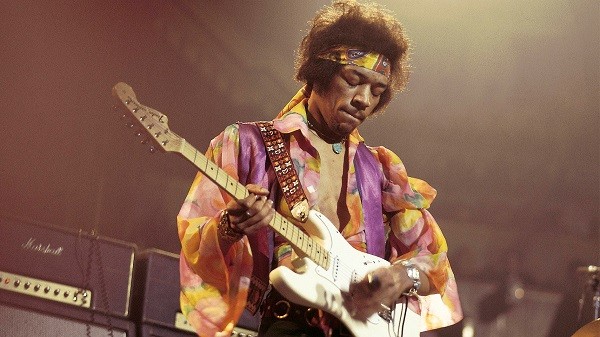



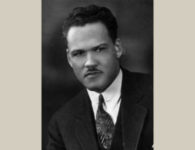
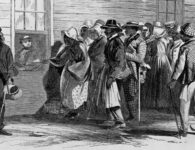
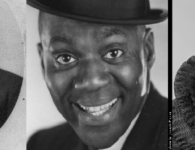

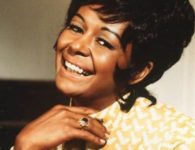

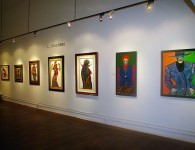
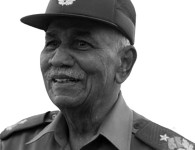
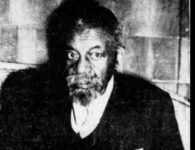
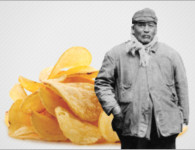
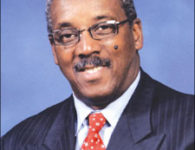
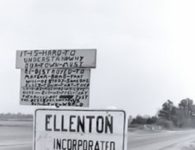
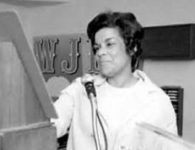

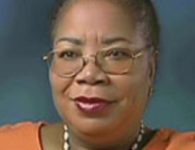

No comments